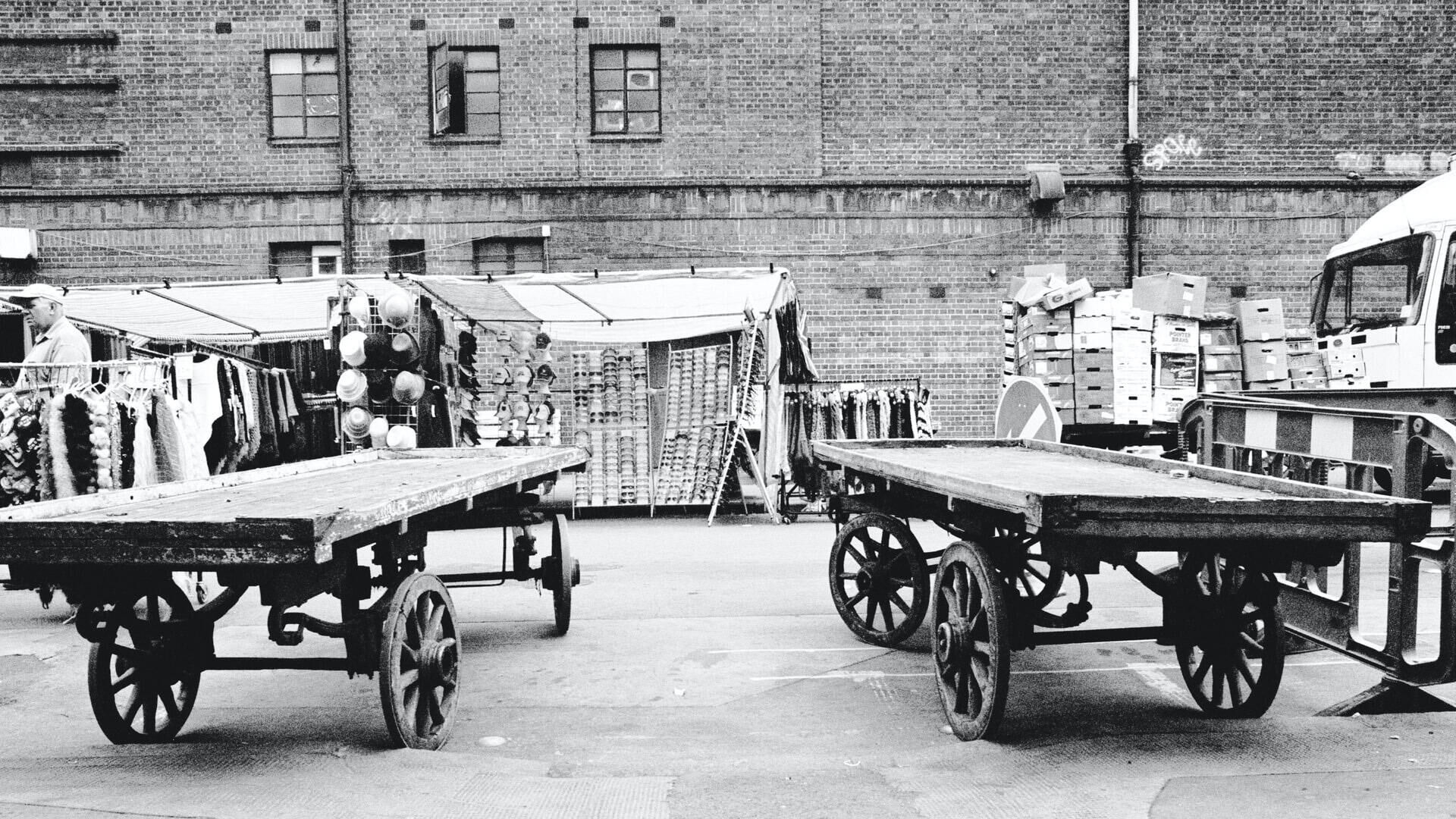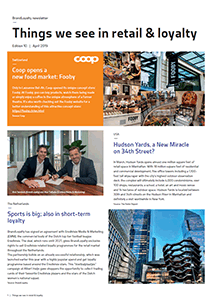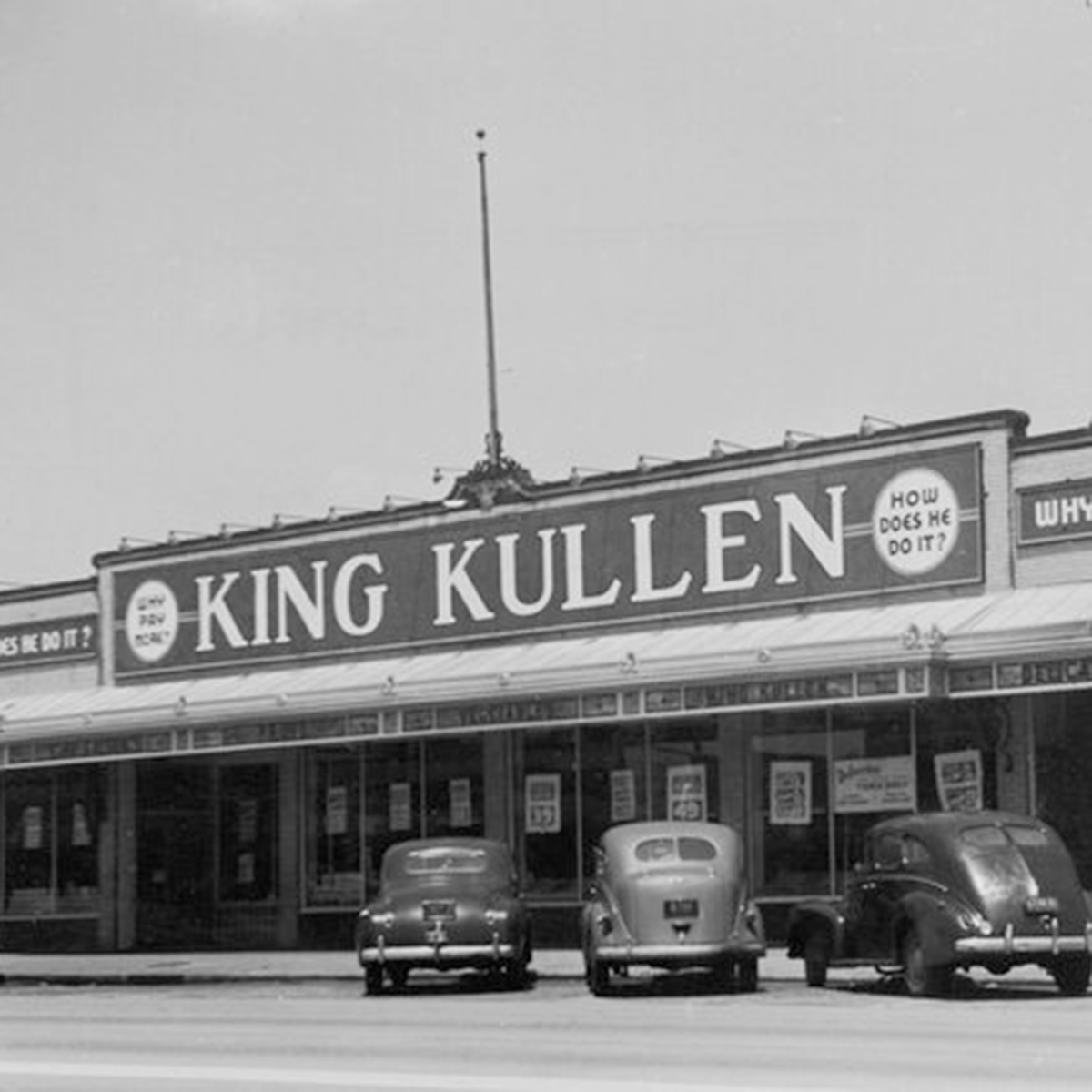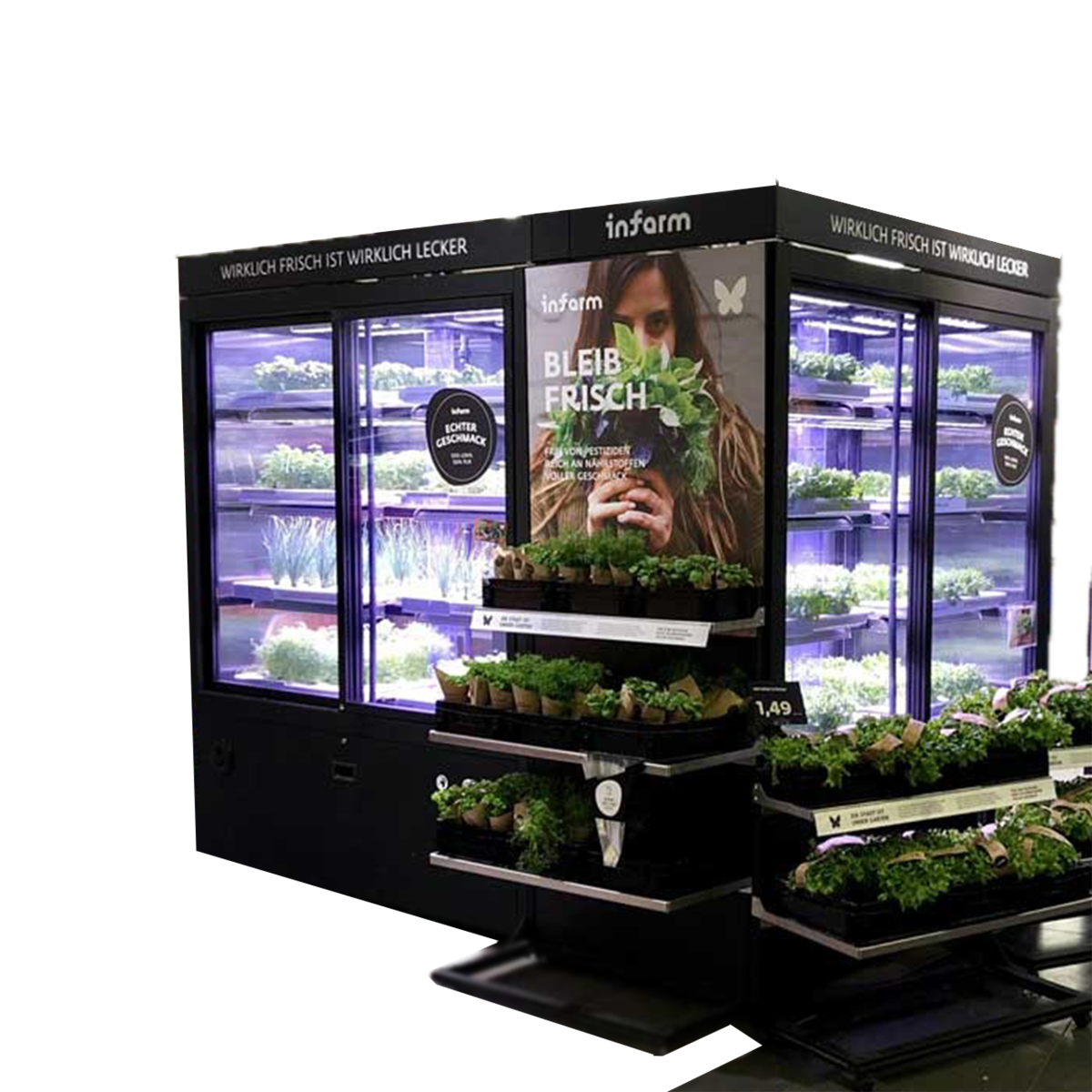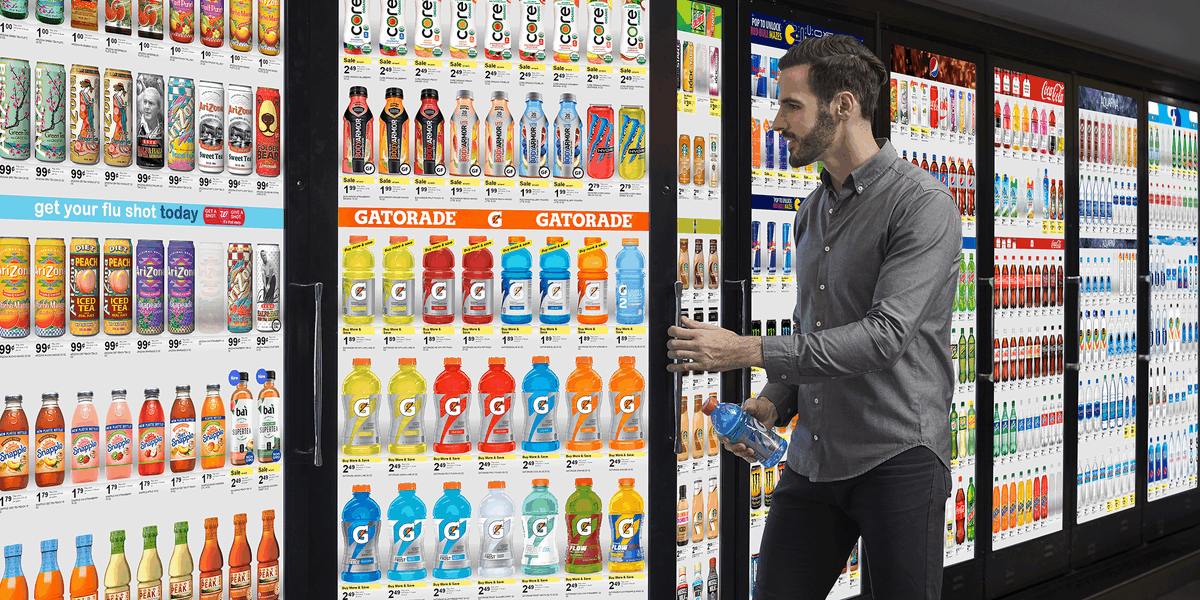An opportunity to support the new ‘first time experiences’
With the lifting of lockdown restrictions, more and more consumers are having ‘first-time’ experiences. For example, the ability to invite friends over again for a dinner party or go outside for a large family picnic after months of lockdown.
As our consumer research shows, once emerged from a crisis, consumers appreciate the retailers that supported them with learning new skills and having new experiences. These ‘first-time experiences’ have a high emotional value with consumers, where retailers can react with concepts that connect to these emotions and tap into the need for consumers to be taught new skills by retailers.
Read more about these emotional values by requesting the special edition of the 'Things we see in retail & loyalty' newsletter below.
